Weight-Loss Meds Like Ozempic Might Treat Addiction One Day
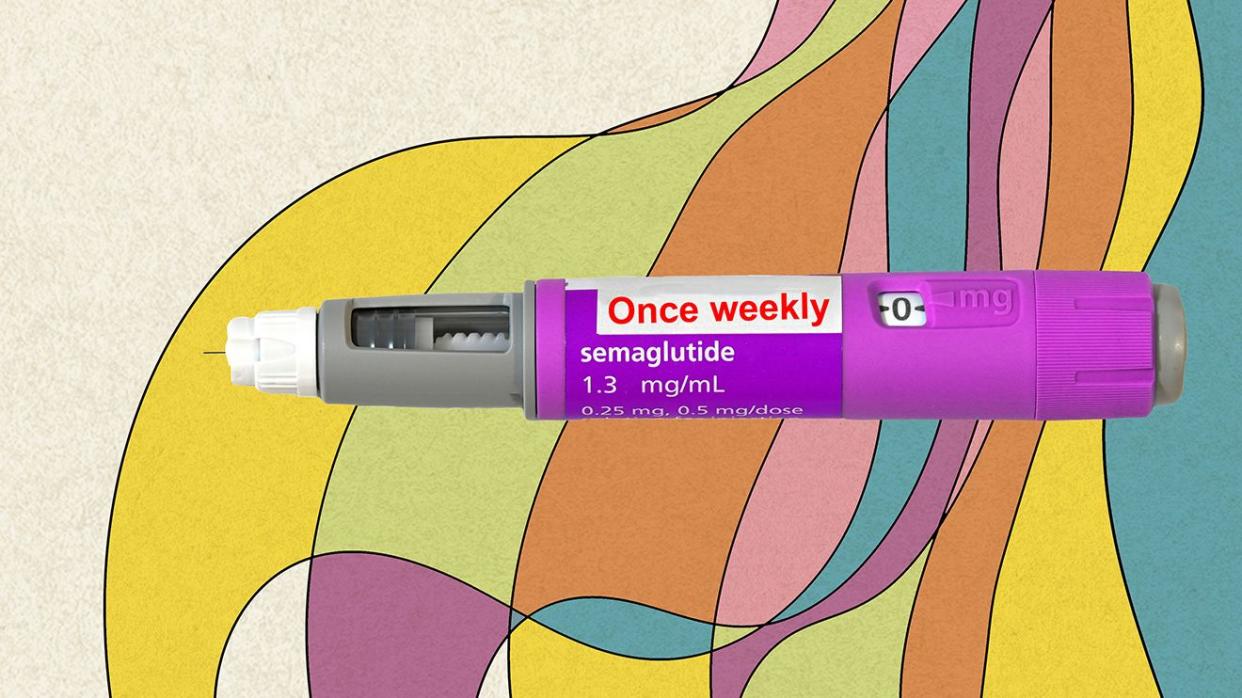
Nora D. Volkow, MD, is director of the National Institute on Drug Abuse (NIDA) at the National Institutes of Health.
Ozempic and other similar weight-loss drugs (collectively known as GLP-1 agonists) have revolutionized the treatment of obesity and diabetes, providing results previously achievable only with bariatric surgery. But in my two decades of studying the neuroscience behind what motivates us to eat and take drugs, and the ways they may overlap, these weight-loss medicines are also the most promising option I’ve seen for a drug that could treat addiction, whether to alcohol, opioids, or nicotine.
Over the past few years, these medicines have exploded in popularity, so much so that shortages dominated recent headlines. Initially, GLP-1 agonists were developed to treat diabetes, hitting the market in 2005. (GLP-1 stands for glucagon-like peptide-1 and is a hormone produced within the digestive system and in parts of the brain after we eat.)
Patients and clinicians soon realized their powerful weight-loss effects: Semaglutide (a.k.a. Ozempic and Wegovy) could induce someone to lose, on average, 15 percent of their body weight. From there, dosing was tested and approved by the FDA specifically to treat obesity. Today, nearly 2 percent of Americans have been prescribed semaglutide—a 40-fold increase over the past five years, per CNN.
Even more recently, some people using semaglutide to lose weight report that the drugs not only suppress their appetite for food (you might have heard people talk about losing that “food noise”), but also, surprisingly, reduce their desire to smoke cigarettes or drink alcohol too.
These anecdotal observations line up with what we know about how overeating—and motivation and addiction—work in the brain, and what we know about GLP-1 agonists so far.
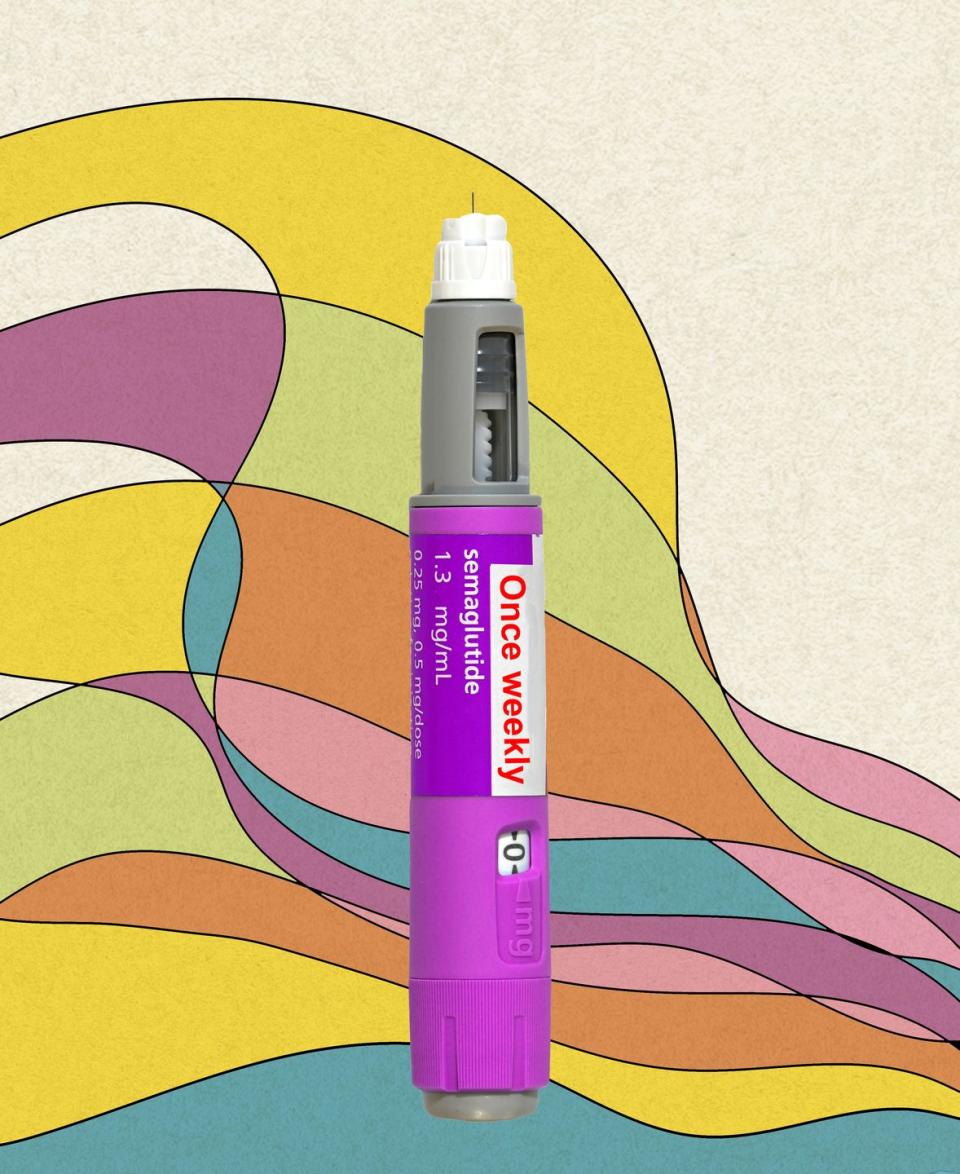
We know that one way semaglutide works is by mimicking a hormone that tells the body you’ve eaten enough.
But for reasons we don’t fully understand yet, it also weakens the brain’s association between food and pleasure, further reducing the drive to eat. At the National Institute on Drug Abuse (NIDA), we have worked on and support preclinical studies that explore this phenomenon, including one study that suggests GLP-1 agonists tamp down addicted rats’ appetites for cocaine. Other studies found that rats given a GLP-1 agonist drank less alcohol, and their brains were less affected by dopamine when they did drink, suggesting it was no longer as desirable for them.
Though we’re still figuring out the exact way these medications work in the brain, what we do know (and what anyone working in the addiction space will tell you) is that we need more treatment options to help people suffering from addiction, a chronic mental health condition.
More than 48 million Americans 12 years or older had a substance use disorder in 2022, yet only 24 percent received treatment, according to the National Survey on Drug Use and Health. In 2021, as the world was still reeling from the pandemic, nearly 106,000 people died of a drug overdose, a 50 percent increase in just two years.
A breakthrough medication treatment that actually targets the brain mechanisms involved in addiction could also be particularly important for ending the national opioid crisis. As of 2020, approximately 75 percent of overdose deaths are caused by an opioid. How many lives could we save if we had a medicine that reduced the hunger for a drug?
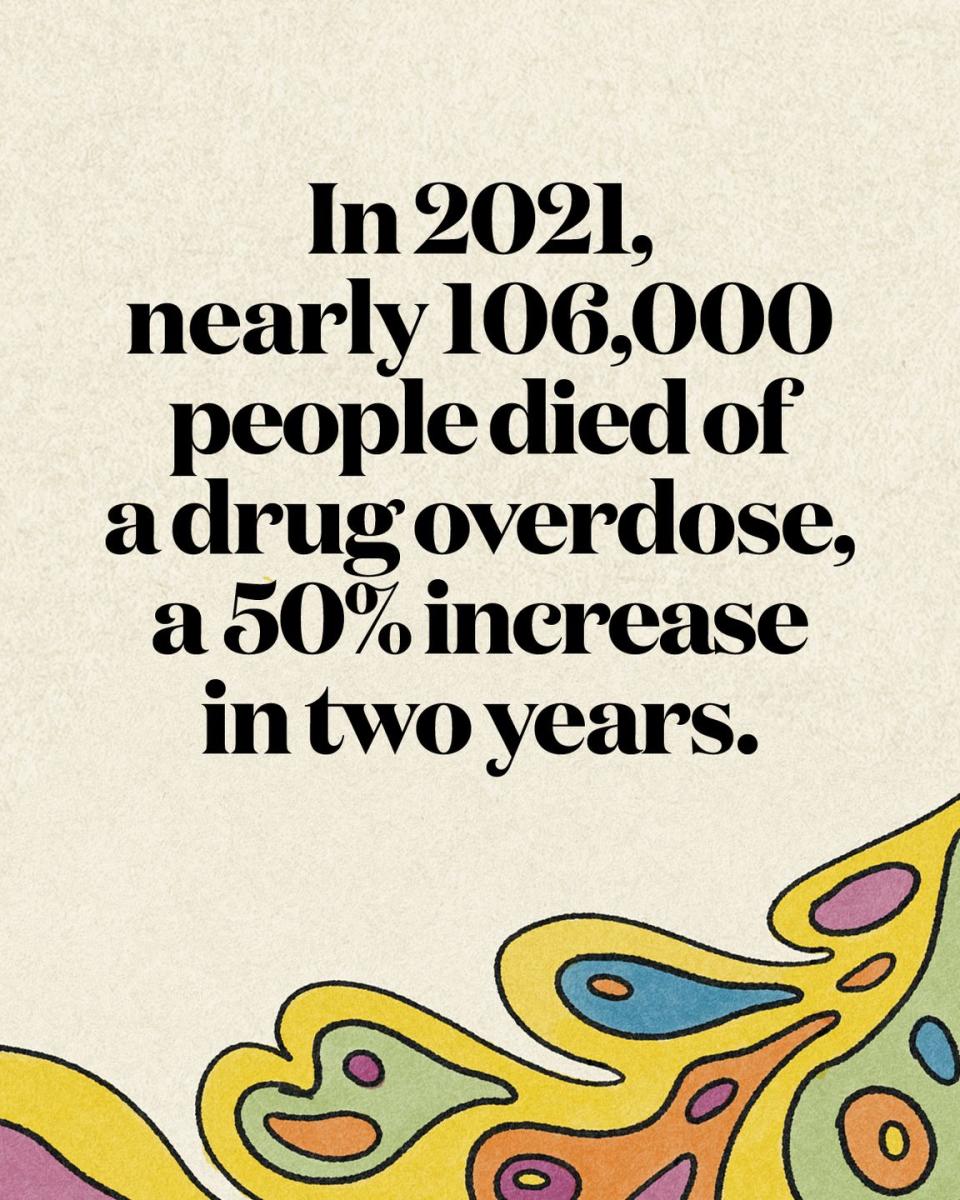
What’s so powerful about this idea is that GLP-1 agonist medications would theoretically target the addictive behavior itself, rather than symptoms of the addiction.
Current medications help reduce the “high” feeling and can prevent the awful feelings that come with withdrawal. Additionally, many of the medicines we use right now to help treat substance use disorders work by targeting a person’s “drug of choice.” For example, drugs like Chantix help people quit smoking work by binding to nicotine receptors in the brain, making it less painful to stop smoking. Medicines used to treat opioid use disorder bind to opioid receptors and either block the effects of opioid drugs like heroin, or activate the receptors enough to quell withdrawal symptoms and cravings. But GLP-1 agonists may be able to work directly on the parts of the brain that drive a compulsive need to take the drug.
For background, decades of research have shown us that there is actually a lot of overlap in the mechanisms that drive us to eat and the ones that drive us to take drugs. Both involve our brain’s motivation and reward systems, which are made up of complex interactions of neurocircuitry and hormones, including stress hormones and dopamine. These systems are crucial for our survival. They are what drive us to take actions that keep us alive— like eating, reproducing, and forming attachments.
Addiction is, in effect, a hijacking of these pathways. Taking addictive drugs produces intense pleasure by activating our brain’s reward circuits more powerfully than typical rewards we encounter each day (such as when we eat food or have social interactions). At the same time, the dopamine released in these circuits reinforces this new learned connection between the feeling of pleasure and the activity that produced it, making it easier to repeat that “feel-good” activity over and over again. The desire to avoid a nasty withdrawal state adds to this motivation to seek the drug out. (People who know someone with substance use disorder, or who have struggled with it themselves, understand this very well.)
As you continue using the drug, your brain’s circuits begin to adapt to the pleasurable feelings and become less sensitive. You crave that original high, yet the more you seek it out, the more of the drug you need to achieve it, because it has literally changed your brain chemistry. So, by altering the brain’s reward and motivational systems, addictive drugs create an environment where consuming the drug becomes so important that prioritizing basic needs and other things that matter to you becomes incredibly difficult.
These underlying brain changes can be observed in anyone who struggles with addiction, whether it’s an addiction to opioids, cocaine, methamphetamine, or alcohol.
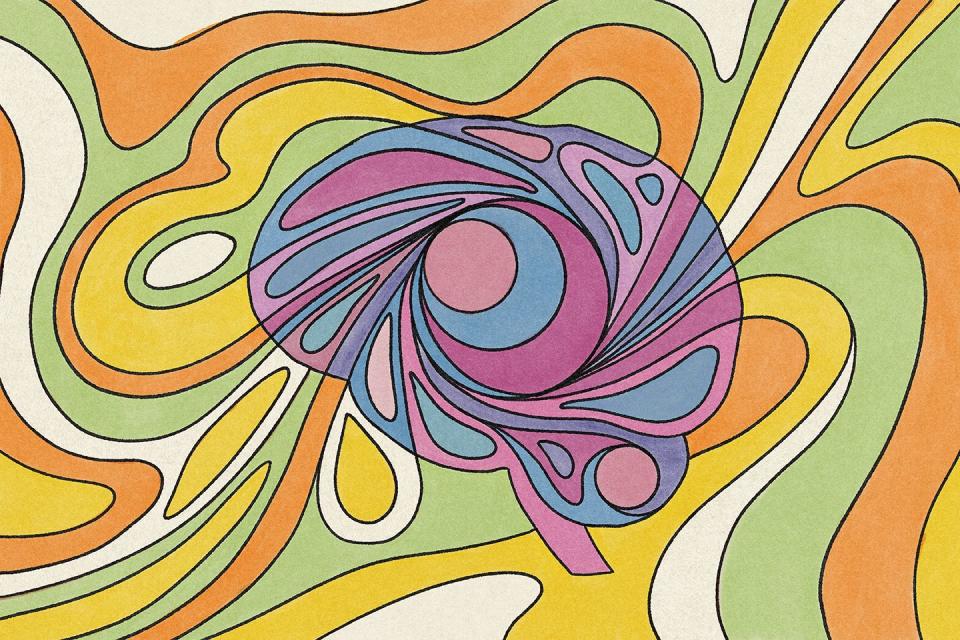
But now, observations and studies suggest that another hormone may also modify our motivational pathways: GLP-1.
As GLP-1 levels rise in the body, the body registers that it’s getting full, which in turn tamps down hunger cravings. In people with diabetes and obesity, their GLP-1 levels may be disrupted, so they don’t get signals that they’re full, which causes them to overeat.
Drugs containing GLP-1 agonists—like Ozempic and Wegovy (semaglutide), Mounjaro (tirzepatide), and Byetta (exenatide)—mimic naturally occurring hormones and may help restore balance so you don’t eat past the feeling of fullness. The presence of GLP-1 actually reduces dopamine levels, which lowers our brain activity in response to the anticipation of eating that food. The result: a decrease in cravings and what’s known as “food noise” (a.k.a. obsessive thoughts about food).
Here’s how it plays out: If a person who loves desserts and has difficulty resisting them is taking Ozempic or Wegovy and that person goes to a birthday party and sees a cake, they’ll feel less of a compulsion to eat it. This is because the brain signals that used to repeatedly connect the pleasurable food (and the environmental cues that come with a birthday party) to the expectation of a reward are believed to be diminished by these medications.
It stands to reason, then, that if there are similar mechanisms that drive us to overeat and take drugs, and a GLP-1 agonist works on the one for overeating, then a GLP-1 agonist could also potentially help interrupt the urge to misuse drugs.
As exciting as all this sounds, we have a long way to go to see if this hopeful hypothesis about GLP-1 agonist medications is correct.
Animal studies don’t always translate to humans. We need to do clinical studies—randomized, placebo-controlled studies, which are considered the gold standard for providing true results—in people before we can use GLP-1 agonists to treat addiction.
At present, scientists have completed two randomized, placebo-controlled clinical trials looking at these drugs and their impact on substance use, and the results were mixed. (“Randomized and placebo-controlled” means the study looks at two groups of participants who were randomly placed in a group that gets the test treatment or a group that gets the placebo treatment. These kinds of studies are the best at reducing bias in results.)
In one study, researchers looked at people who were trying to quit smoking. One group received a GLP-1 agonist called dulaglutide, while the other group received a placebo. After 12 weeks, there was no significant difference in quit rates between the two groups. A disappointing result, for sure.
But in another paper published in 2022, researchers followed two groups of patients with alcohol use disorder for 26 weeks. One group got doses of the GLP-1 agonist exenatide, while the other group received placebo. Researchers then measured the patients’ alcohol intake and did brain scans to measure dopamine and reward activity. In the end, they found no difference between the two groups’ alcohol intake—except in a subgroup of participants with obesity who did drink less. They also noted a reduction in reactivity in the brain region that drives that the feeling of reward for all groups who received exenatide. These findings, and especially the result for those in the subgroup with obesity, suggest that perhaps with the right compound and the right dosing, a GLP-1 agonist may work.
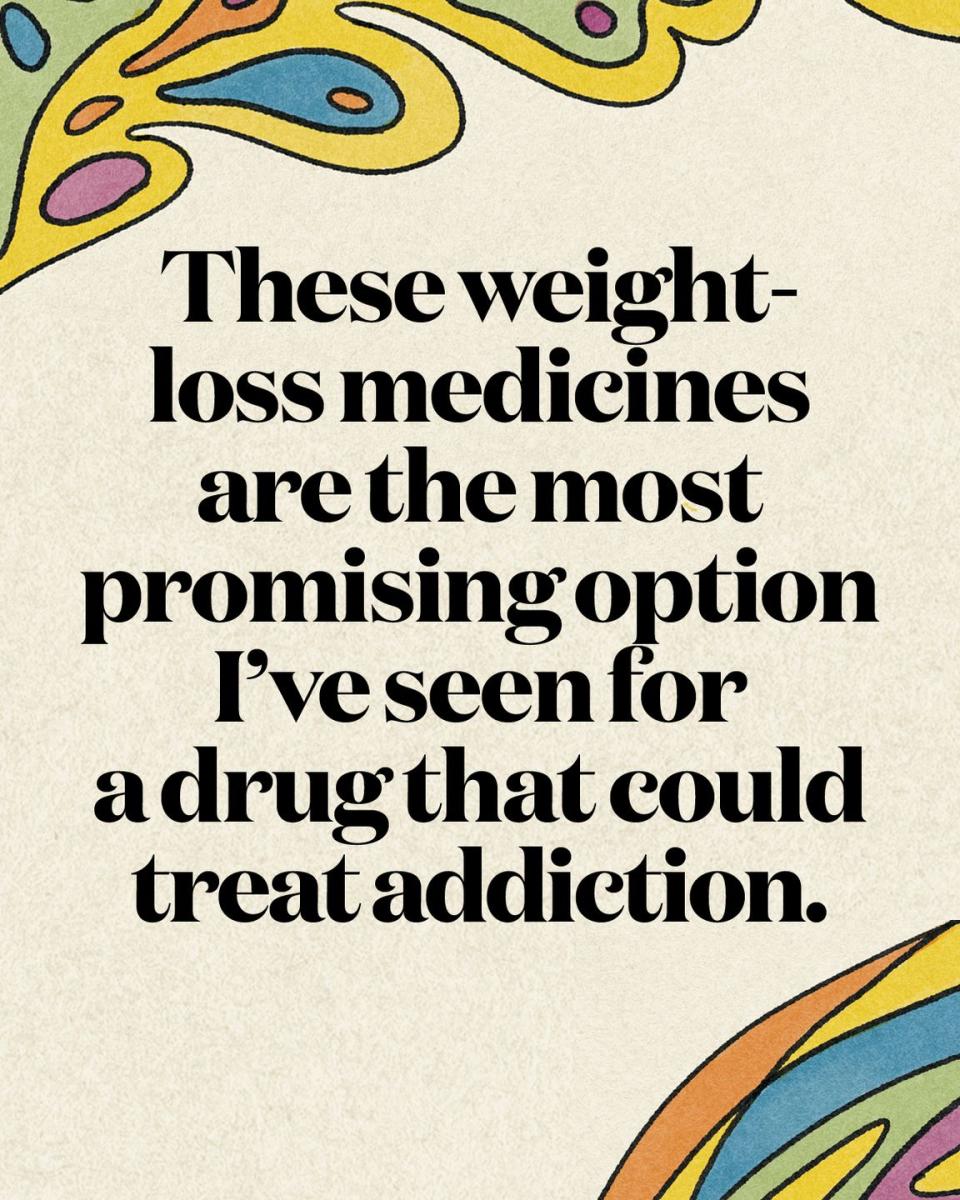
More clinical trials are underway now, looking at a variety of substance use disorders using newer, more powerful GLP-1 agonists such as semaglutide. We can expect results in the next two to three years.
There are also efforts to examine the electronic health records of people who were prescribed a GLP-1 agonist for obesity or diabetes. By looking at the data, which is de-identified, we should be able to see if there’s a difference in rates and severity of substance use disorders among people prescribed these drugs compared to the general population.
If the studies bear out, GLP-1 agonist drugs could be used to treat addiction to drugs of all types.
That would be groundbreaking because as more people become addicted to multiple drugs, we could provide a single medication that would be able to jumpstart substance use disorder recovery, along with social and psychological support.
Perhaps we can also use GLP-1 agonists in concert with other medications we already have, like methadone and buprenorphine (one of the ingredients in a medication called Suboxone), which are used to treat opioid addiction. These medications help reduce cravings and withdrawal symptoms, but we know that around half of patients who start medications for opioid use disorder stop taking them after six months. It’s possible that GLP-1 agonists could help people stay in treatment longer.
Bottom Line: My biggest hope is that these discoveries, and the discussion surrounding them, could go a long way toward ending the stigma surrounding addiction. We need to, once and for all, change the narrative of addiction as a self-control issue to an understanding that it is a chronic mental health condition. Showing that a medication can help someone stop taking drugs makes it easier to communicate this and helps people to understand that addiction is a mental health disorder, not a moral failing.

You Might Also Like

